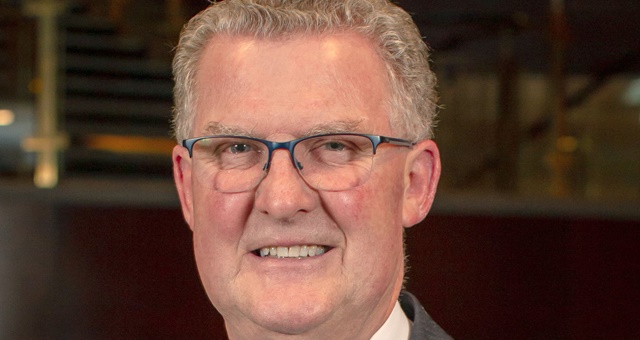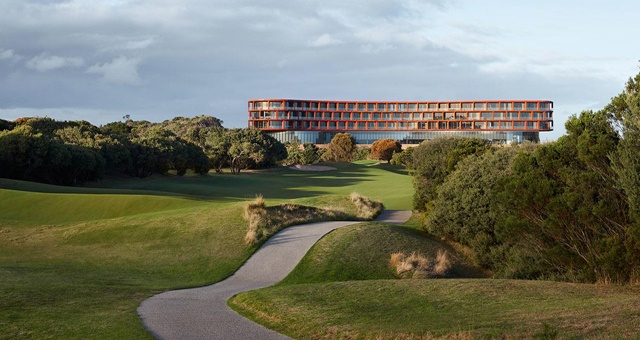Tourism infrastructure and funding for regional parts of Australia heavily reliant on international tourism will be the big winners in a new round of federal government grants announced over the weekend.
The AUD$250 million cash boost will consist of an AUD$50 million Regional Tourism Recovery Initiative to help businesses in destinations more reliant on international tourism, such as Cairns and Ayers Rock, to stay afloat until overseas visitors are allowed to return.
The remainder will make up a new round of the Australian Government’s ‘Building Better Regions Fund’, of which half will be spent specifically on tourism infrastructure. The other half will be spent on other local infrastructure which will benefit both regional communities and visitors to them.

Federal Tourism Minister, Simon Birmingham, said this investment would help businesses in regional communities to bounce back by attracting more Australians to visit.
“Tourism is such an important job creator and driver of many regional economies,” the Minister said.
“We want to make sure that our tourism regions are in the best possible shape on the other side of the COVID-19 pandemic.
“This targeted new fund will support internationally dependent tourism regions to adapt their offerings, experiences and marketing to appeal to domestic visitors in the short-term and be in the strongest possible position to welcome back international tourists down the track,” he added.
Assistant Minister for Regional Tourism, Jonno Duniam, said tourism will never be the same again but that the greatest opportunity in the short-term was in the regions.
“Our $50 million package will help to realise this opportunity, it will assist in saving thousands of businesses and jobs in the first and worst hit regional tourism areas across the country,” Dunian said.

The funding announcement was welcomed by Tourism Accommodation Australia, which said it was pleased to see funding go towards some of the hardest hit areas in remote regions beyond easy driving distance from capital cities.
TAA National CEO, Michael Johnson, said short-haul driving destinations were enjoying a much-needed boost in domestic visitation.
“But our long-distance destinations, such as Uluru and Cairns, which rely almost completely on international tourists continue to suffer badly,” he said.
“These centres are operating well below capacity and with no sign of international travel resuming anytime soon, they need all the help they can get.”
Johnson added that airlines needed to make affordable flights available once again, even if routes were not profitable in the short-term, in order to get consumers back on board.
“This support from the Federal Government will assist airlines as they transition back to profitability, get travellers into destinations and allow accommodation, tourist attractions and hospitality venues to get back on the road to recovery.”

